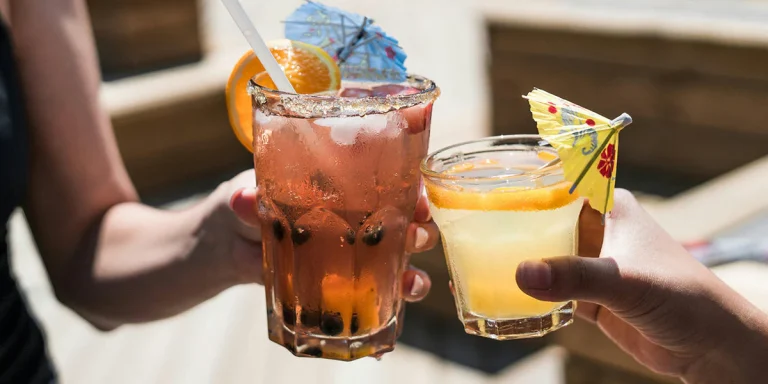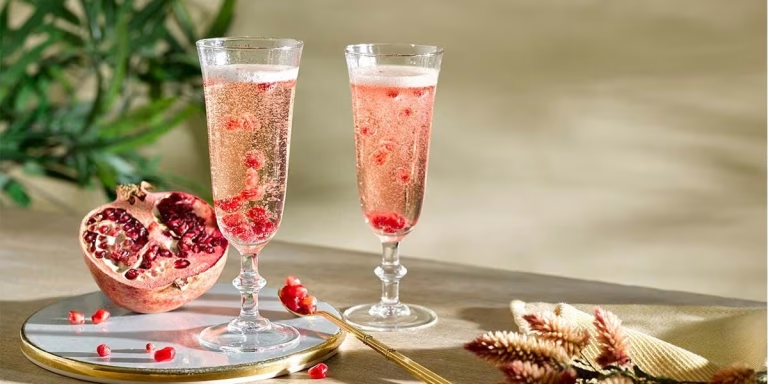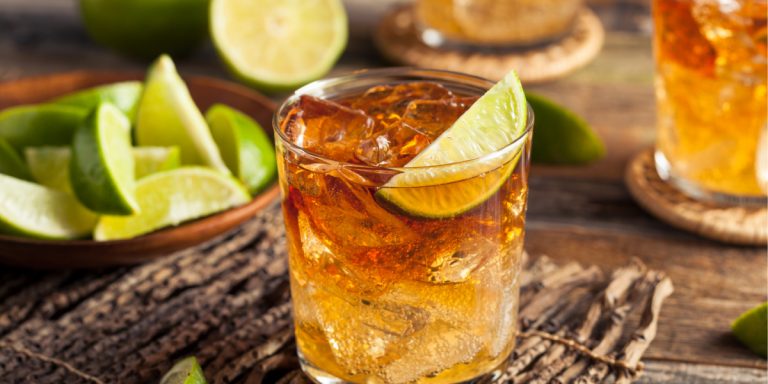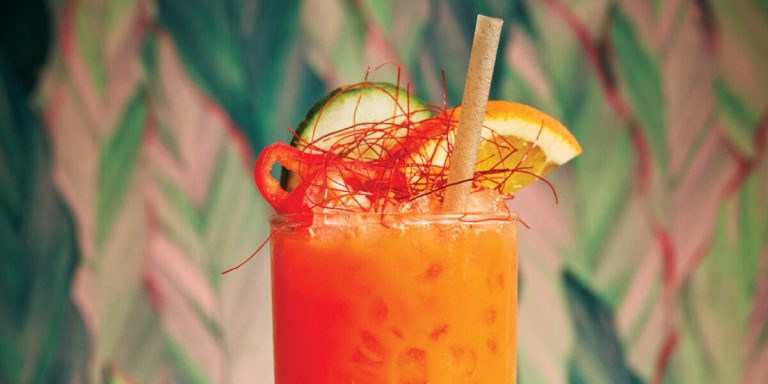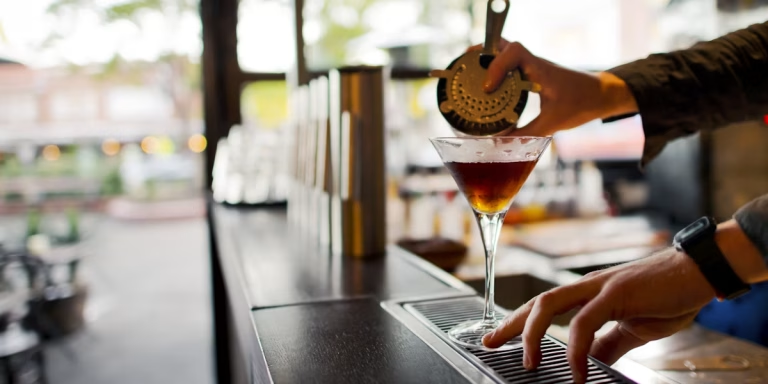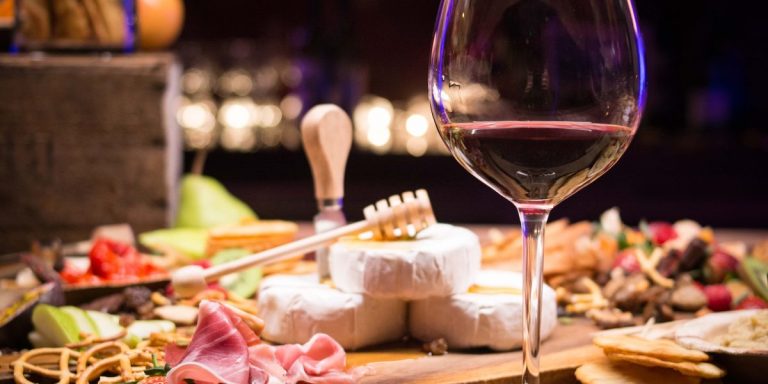Stirred or Shaken? Debunking the Cocktail Myth
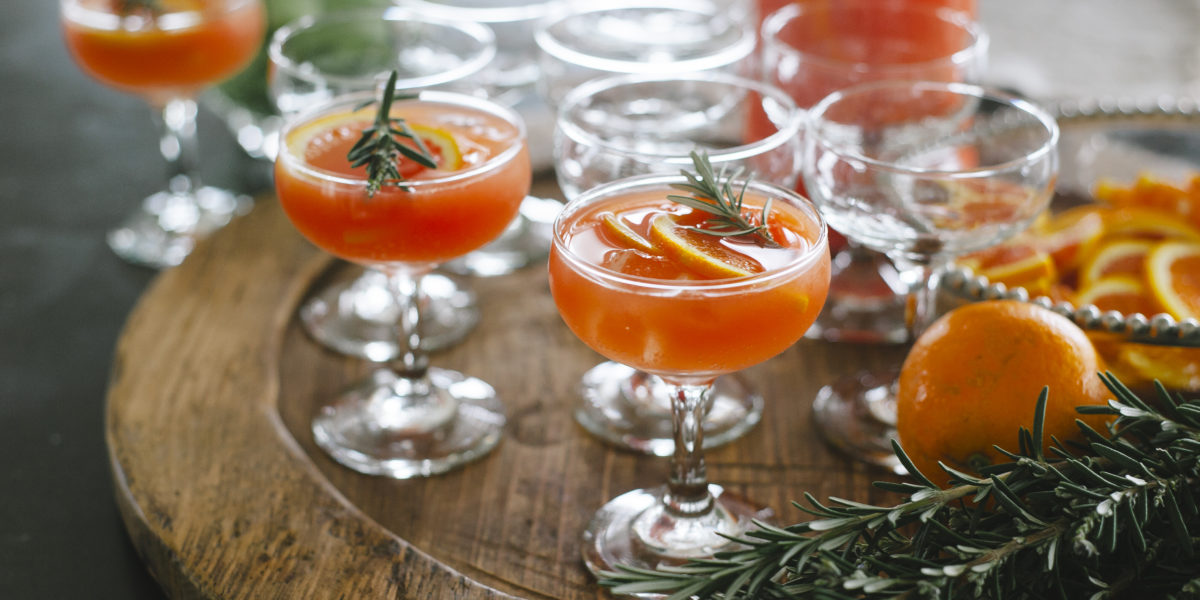
Few questions spark as much debate among cocktail enthusiasts as whether a drink should be stirred or shaken. It’s one of those topics that instantly divides people, not only because of what they’ve seen in bars but also because of how the movies have glorified one method over the other. This simple act of mixing a drink has become a defining ritual that shapes the character of the final cocktail. Yet, behind the flair and technique lies a surprising amount of science, tradition, and personal preference.
I’ve always been fascinated by this debate because it represents more than just mixing liquid in a glass. It tells a story of how bartending evolved, why certain cocktails are treated with reverence, and how texture, clarity, and temperature change depending on the method. What’s even more interesting is that the two techniques often overlap in ways many people don’t realize.
The Origins of Stirring and Shaking
The history of mixing drinks goes back centuries, long before cocktails became a staple of modern culture. Stirring came first, primarily used for spirit-forward cocktails such as the Old Fashioned or Manhattan. In these early days, the goal was to preserve clarity, allowing the rich amber tones of whiskey or vermouth to shine through while gently incorporating dilution.
Shaking entered the picture as cocktails expanded to include citrus juices, egg whites, syrups, and cream. The cocktail shaker quickly became a symbol of sophistication in the late 19th century. Bartenders embraced it not only for its efficiency but also for the drama it added to the ritual of making a drink. By the time the 20th century rolled around, shaking was practically synonymous with cocktail culture, thanks in part to Hollywood’s portrayal of suave characters mixing drinks with a shaker.
Why Bartenders Stir Certain Drinks
When a drink is stirred, the motion gently combines ingredients without over-aerating them. The result is a cocktail that maintains its silky texture and remains crystal clear. Spirit-forward cocktails benefit most from this technique because they rely on the balance of alcohol and subtle dilution.
When I stir a drink like a Negroni, I notice how the ingredients seamlessly blend while retaining their distinct character. The flavors open up gradually, and the smoothness makes it easy to appreciate each component. Stirring also avoids excessive ice shards, so the cocktail feels refined from the first sip to the last.
The Science of Shaking
Shaking is more aggressive, and that’s exactly why it’s necessary for certain cocktails. By shaking a drink, I introduce aeration and ensure ingredients of different densities mix evenly. Juices, syrups, and egg whites won’t combine properly with spirits through stirring alone, so shaking creates the uniform texture that defines cocktails like the Margarita, Whiskey Sour, or Daiquiri.
What fascinates me about shaking is how it transforms the cocktail’s body. A sour shaken with egg white develops a foamy top that enhances both texture and aroma. A Daiquiri shaken hard comes out icy cold, with a brightness that highlights the sharpness of lime and the sweetness of rum. The shaker essentially acts like a miniature blender, forcing ingredients to marry quickly.
The Clarity vs. Texture Debate
One of the clearest distinctions between stirring and shaking lies in appearance and mouthfeel. A stirred cocktail shines with transparency, often resembling polished glass in the light. A shaken cocktail, on the other hand, is cloudy and textured, with tiny bubbles that soften the edges of acidity and sweetness.
This difference explains why bartenders are often so strict about which technique to use. A Manhattan looks unappealing when it’s shaken because the cloudy effect undermines its elegance. Conversely, a shaken Margarita feels lively and refreshing in a way a stirred version simply can’t replicate.
The Role of Temperature and Dilution
Temperature plays a crucial role in this debate. Both stirring and shaking lower the temperature of a drink, but shaking does it much faster. Shaking also introduces more dilution because of the rapid movement of ice. For citrus-heavy drinks, that extra dilution helps tame acidity and balance the flavors.
Stirring, by contrast, cools more gradually and results in less water. That’s why spirit-driven cocktails maintain their boldness without becoming overly diluted. I’ve often found that an over-diluted Old Fashioned loses its soul, while a properly stirred version hits just the right level of chill and balance.
The James Bond Effect
It’s impossible to discuss this debate without mentioning James Bond. The famous line “shaken, not stirred” elevated the shaker into popular culture and forever influenced how people viewed cocktail preparation. Yet, Bond’s Martini order breaks traditional rules. A classic Martini, being spirit-forward, is usually stirred to keep it clear and elegant.
Bond’s preference likely had more to do with character than flavor it was a statement of rebellion, a subtle way of saying he wasn’t like everyone else. Over the years, many people have copied this order without realizing that it changes the Martini’s character entirely. A shaken Martini becomes cloudier, lighter in texture, and slightly more diluted. For some, that works beautifully; for others, it ruins the drink’s sophistication.
The Gray Areas Where Both Work
Not every cocktail fits neatly into the stirred-or-shaken divide. Some drinks can be prepared either way, depending on personal preference. A Negroni, traditionally stirred, can also be shaken for a slightly frothier, colder version. A Margarita, though typically shaken, has been served stirred in certain variations that highlight the tequila’s flavor.
When I experiment at home, I like testing both methods just to see how dramatically the same ingredients can be transformed. Sometimes the shaken version brings a liveliness that makes the drink feel playful, while the stirred one emphasizes depth and structure.
Myths and Misconceptions
One of the biggest myths is that one method is always superior to the other. In reality, each has its purpose. Stirring isn’t about being boring, and shaking isn’t only about flair. Both are techniques designed to bring out the best in a cocktail.
Another misconception is that stirring is easier or requires less skill. In fact, stirring well takes practice. A bartender must learn how to move the spoon fluidly and consistently to achieve the right balance of chill and dilution. Similarly, shaking requires technique to control rhythm, force, and timing.
Building an At-Home Practice
The beauty of mixing drinks at home is the freedom to experiment. A simple bar spoon and mixing glass are enough to start practicing stirring. For shaking, a good two-piece shaker is essential. I’ve learned that shaking isn’t just about brute force; it’s about finding a rhythm that allows the ice to move freely and chill the drink effectively.
At home, I often alternate between the two methods to appreciate their differences. A stirred Manhattan followed by a shaken Daiquiri highlights how versatile cocktails can be. The contrast between smooth and lively textures makes hosting friends even more enjoyable.
Why the Debate Will Never End
The stirred versus shaken debate isn’t one that will ever find a definitive answer, and that’s what makes it so engaging. Every cocktail carries its own identity, and how it’s prepared becomes part of its story. Bartenders will continue to argue, enthusiasts will continue to test, and drinkers will always have their preferences.
For me, the magic lies in knowing why each technique exists. Stirring respects tradition and highlights elegance. Shaking celebrates energy and refreshment. Both have their rightful place in cocktail culture, and both deserve appreciation for what they contribute.
Final Thoughts
The question of stirred or shaken has less to do with right or wrong and more to do with purpose. Each method has its logic, rooted in centuries of bartending practice and refined through experimentation. What matters most is how the final drink feels in the glass and in the hand of the person enjoying it.
I’ve come to see this debate as an invitation rather than a division. It invites us to explore the artistry behind cocktails, to taste how different techniques alter a drink, and to embrace both clarity and cloudiness, smoothness and froth. Whether stirred with precision or shaken with flair, a cocktail ultimately reflects the personality of the maker and the spirit of the moment.

